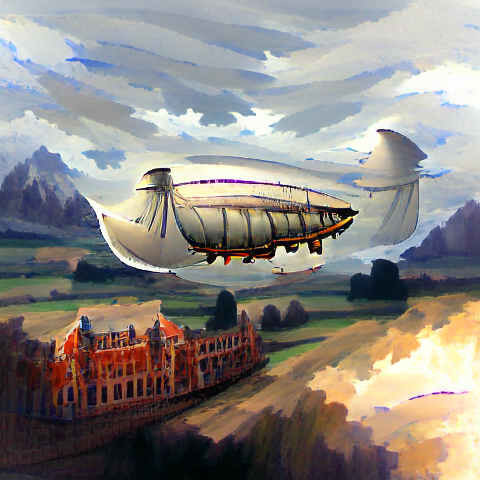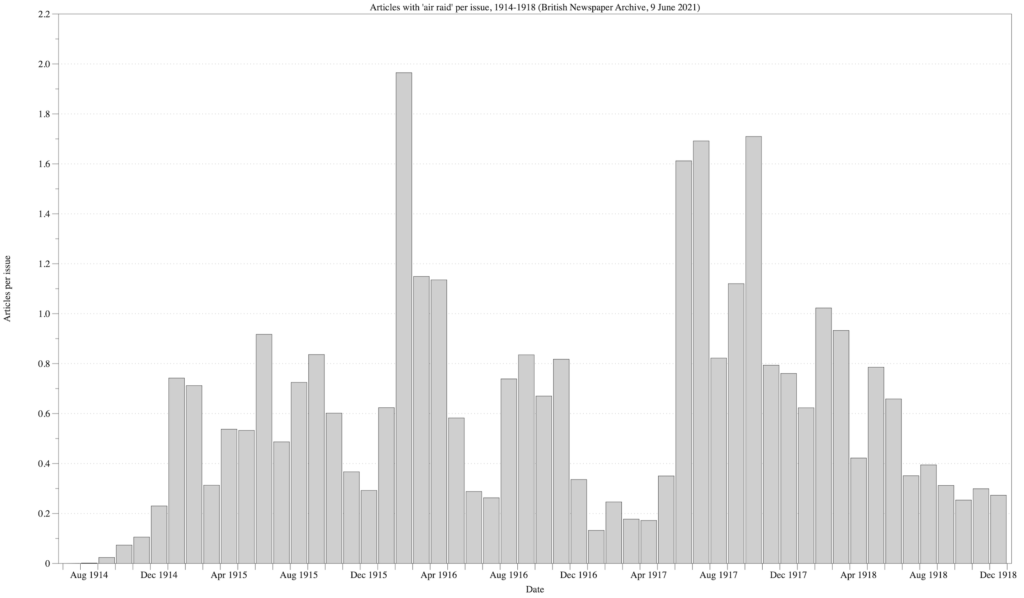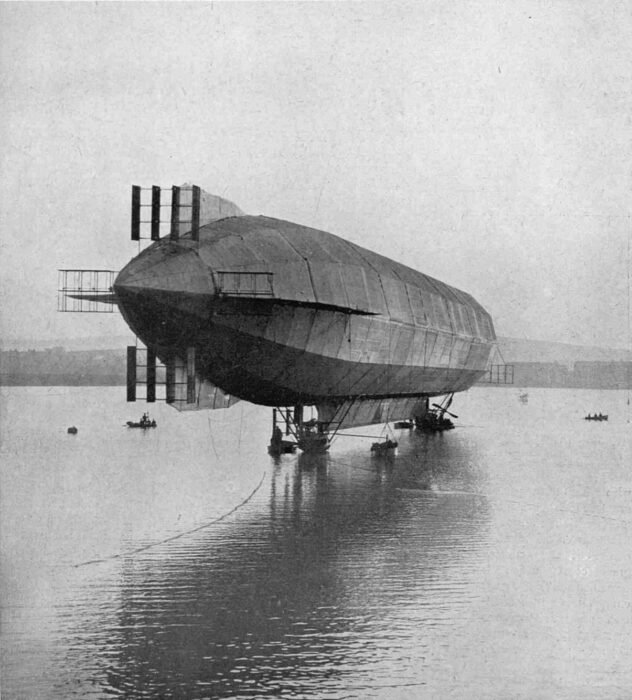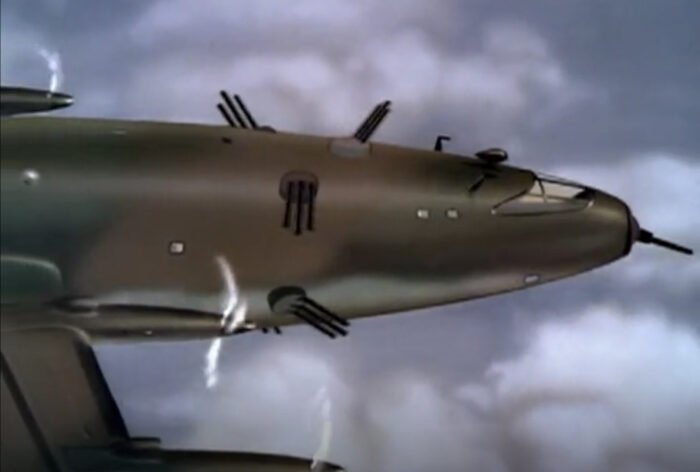
After its early showing in the 1909 mystery airship wave, Australia was rarely visited by phantom airships proper. Maybe that's because real airships were even rarer, with none that I know of between 1914 and the late twentieth century: they just weren't a very plausible thing to think you saw. But they did turn up sometimes.
There was one in Western Australia in 1910, another in 1918, and a relatively famous one on 10 June 1931 between Lord Howe Island to Jervis Bay. That last one was seen by Sir Francis Chichester while making the first east-west solo flight from New Zealand to Australia -- though he seems to have only reported it decades later, and even then stopped of short of claiming it actually was an airship. In 1925, another phantom airship was seen, more definitely but equally incongruously, at Myall, near the Murray River in northern Victoria.
...continue reading








